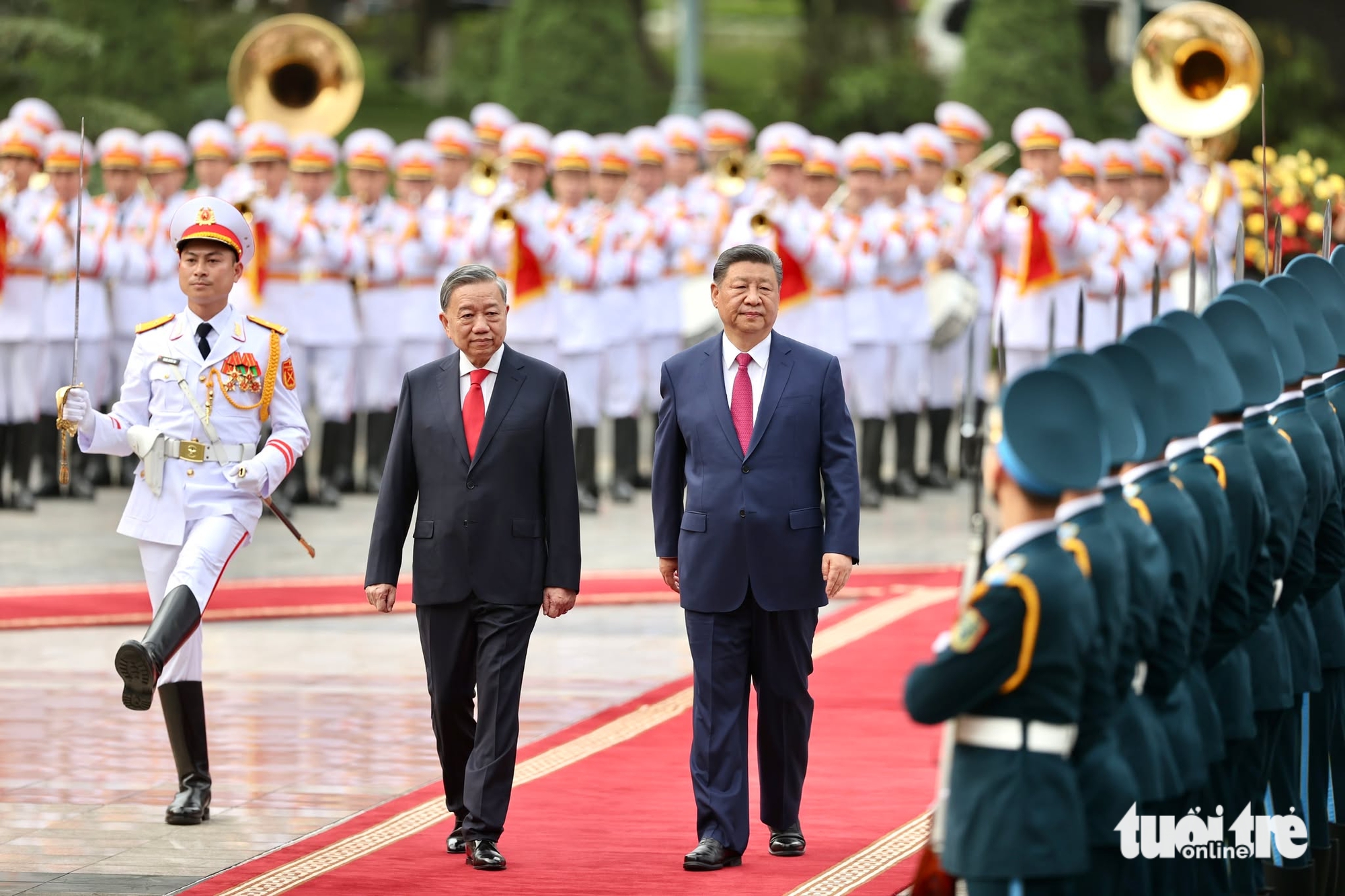Therefore, journalists must think about the media landscape and identify trends to face challenges in the changing news landscape.

Illustration photo: Reuters Institute
During the recent International Center for Journalists (ICFJ) Crisis Forum session, Nic Newman, a fellow at the Reuters Institute for the Study of Journalism, discussed trends and predictions for the journalism industry in the year ahead.
Newman cited findings from a research report he published with the Reuters Institute for Journalism, which looked at media trends that could emerge in 2024, particularly around technology. “Less than half of respondents are confident about the outlook for journalism in the coming year,” he warned.
Here are three expectations for the journalism industry in 2024, based on Newman's research:
The relationship between social and traditional media will change dramatically.
Newman predicts that 2024 will see a major shift in the already complex relationship between social media and traditional media.
First, influencers are becoming more and more popular. As a result, the information they spread is more likely to attract more attention than news published by traditional media.
News distribution has changed dramatically in recent years with the rise in popularity of video-centric apps like TikTok and YouTube. Newman’s findings reflect this: “The data shows a shift to a more complex information distribution ecosystem.”
In response, news publishers are expanding their approach to news consumers, such as by using WhatsApp broadcast channels to send personalized content.
The threat of AI will only increase
Artificial intelligence (AI) will continue to be a major disruptor in 2024. Newman’s research found that many news organizations and journalists are most concerned about the risks of AI, especially how the technology will change content production. Respondents believe that the use of AI, beyond simple assistant tasks, risks jeopardizing the integrity of journalism and threatening readers’ trust.
Another threat from AI is search disruption, or the potential for AI to replace traditional media when readers search for information. “Some publishers… really see this as an existential threat that search-generated experiences will replace some of the things that media companies do,” Newman says.
The full impact of AI is not yet known, he stressed, which limits the ability to predict how the news industry will respond. The key question is “How fast and how far will AI disrupt these business models?” That will depend on how news organizations respond.
New models of journalism will develop
News organizations are looking for new ways to ensure financial independence. They are now offering subscription models, including content bundling – a model that bundles different types of content into one subscription package.
As advertising revenue continues to decline, most media outlets are targeting those who can afford to pay for their news. This leaves a large segment of the population without access to news. “The challenge is how do we fund journalism that is accessible to everyone?” Newman said.
What happens this year will be crucial to understanding how traditional journalism will respond to changes in reader habits and technological developments. Newman added that news organizations will likely seek more direct relationships with their customers amid these changes.
“A lot of the patterns of how the world will operate in the next 10 years will be determined this year,” he concluded.
Hoang Hai (according to ICFJ, Reuters Institute)
Source


![[Photo] Prime Minister Pham Minh Chinh receives Chairman of Commercial Aircraft Corporation of China (COMAC)](https://vstatic.vietnam.vn/vietnam/resource/IMAGE/2025/4/14/93ca0d1f537f48d3a8b2c9fe3c1e63ea)
























































































Comment (0)